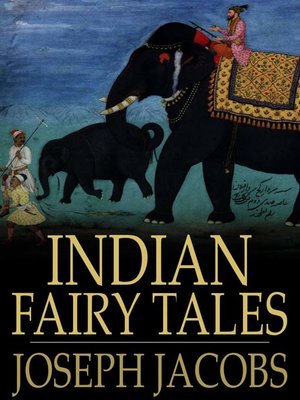
Sign up to save your library
With an OverDrive account, you can save your favorite libraries for at-a-glance information about availability. Find out more about OverDrive accounts.
Find this title in Libby, the library reading app by OverDrive.



Search for a digital library with this title
Title found at these libraries:
| Library Name | Distance |
|---|---|
| Loading... |
Soils and national characters differ; but fairy tales are the same in plot and incidents, if not in treatment. The majority of the tales in this volume have been known in the West in some form or other, and the problem arises how to account for their simultaneous existence in farthest West and East. Some - as Benfey in Germany, M. Cosquin in France, and Mr. Clouston in England - have declared that India is the Home of the Fairy Tale, and that all European fairy tales have been brought from thence by Crusaders, by Mongol missionaries, by Gipsies, by Jews, by traders, by travellers. The question is still before the courts, and one can only deal with it as an advocate. So far as my instructions go, I should be prepared, within certain limits, to hold a brief for India. So far as the children of Europe have their fairy stories in common, these - and they form more than a third of the whole - are derived from India. In particular, the majority of the Drolls or comic tales and jingles can be traced, without much difficulty, back to the Indian peninsula.
Certainly there is abundant evidence of the early transmission by literary means of a considerable number of drolls and folk-tales from India about the time of the Crusaders. The collections known in Europe by the titles of The Fables of Bidpai, The Seven Wise Masters, Gesia Romanorum, and Barlaam and Josaphat, were extremely popular during the Middle Ages, and their contents passed on the one hand into the Exempla of the monkish preachers, and on the other into the Novelle of Italy, thence, after many days, to contribute their quota to the Elizabethan Drama. Perhaps nearly one-tenth of the main incidents of European folktales can be traced to this source.







